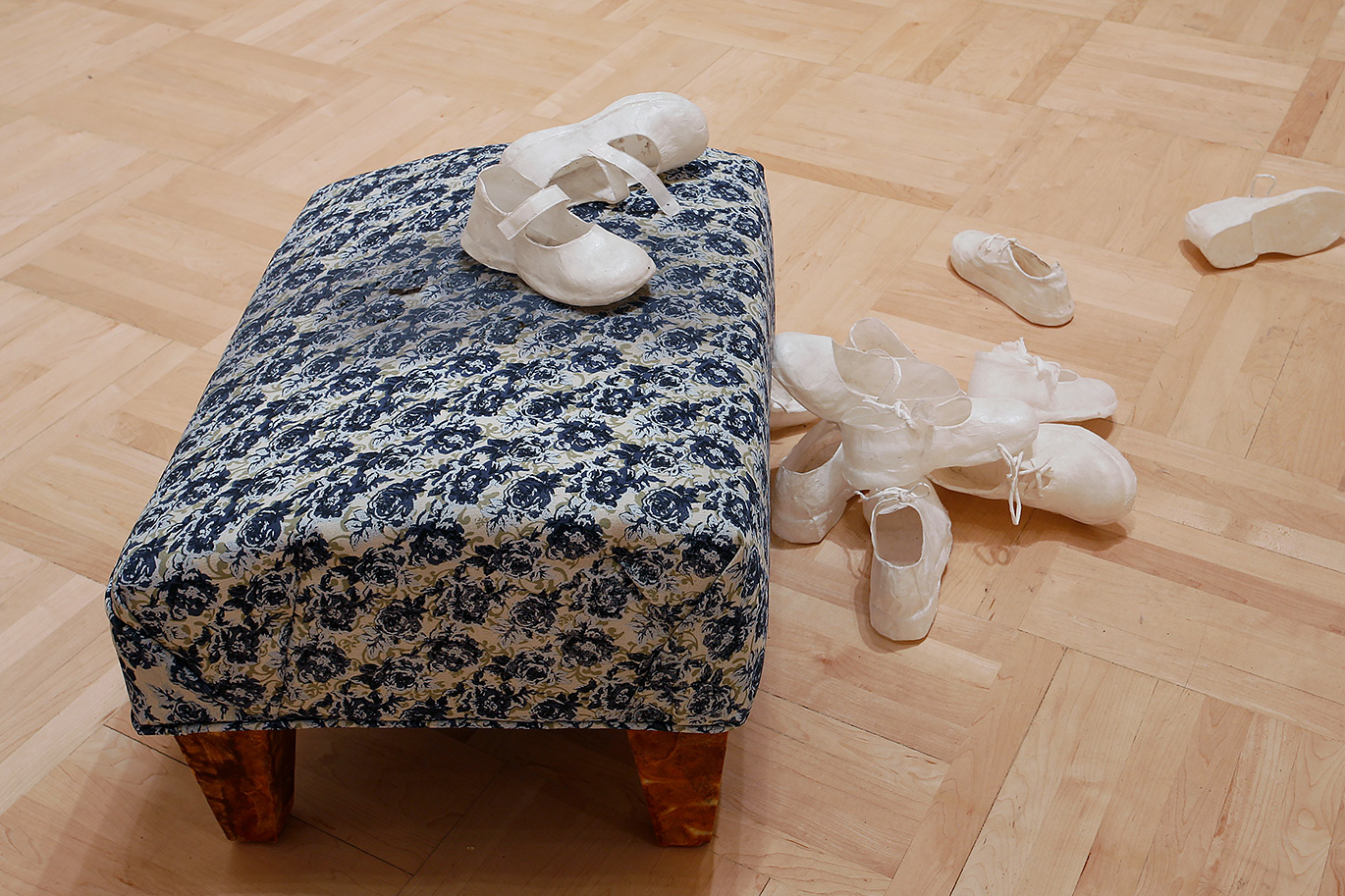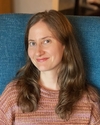- Autumn 2021
Syllabus Description:
ArtH 492/509 Alternative Art Since 1960
Topic: Global Conceptual Art
Professor Adair Rounthwaite, vadair@uw.edu
Tuesday and Thursday, 10-11:20am, in-person meeting in Art Building 317
Office hours Tuesday 12:30-1:30pm, Wednesday 10-11am, or by appointment, in my Zoom meeting room:
https://washington.zoom.us/j/2448300971
Gordon Bennett, Untitled (dismay, displace, disperse, dispirit, display, dismiss), 1989
Course summary:
Depending on your perspective, you may think of conceptual art as the most innovative art movement of the 20th century, or as the driest and least appealing unit from your Art Since 1945 survey. Conceptualism revolves around the notion that art is defined by its idea. That radical concept brought about a sweeping reconsideration from the 1960s onwards of existing understandings of the artwork, the role of the artist, and what it means to experience art.
Though dominant understandings of conceptualism used to revolve around a group of American and British artists working from 1967 onwards, the past two decades have seen an explosion of scholarship that has greatly broadened that history in two key ways. First, scholars and curators now see conceptualism fundamentally as a global movement, in which ideas circulated around the world but where certain kinds of art practice took shape in response to their local circumstances. In that process, conceptual approaches sometimes gave rise to much more overtly political kinds of art that we might associated with “classic” analytic conceptualism. Second, scholarship of recent years has increasingly stressed the importance of conceptualism as the condition of emergence of contemporary art as such, meaning that this history is still very much alive and well in the present.
This course covers a wide range of case studies from the 1960s to the present, which come from many different parts of the world. We’ll get a chance to revel in the diversity and ingenuity of conceptualism, and also to discuss historical methodologies for understanding it in detail. What does conceptualism in particular tell us about the condition of art making around the world in the late 20th and early 21st centuries? How has it been particularly important in the articulation of contemporary art's political nature? What have artists gained by engaging local histories via a conceptual vocabulary? It is still useful to think of conceptual art as a “movement,” once we take it beyond the narrow bounds of Anglo-American history?
Learning goals:
- Gain familiarity with conceptualism as a movement and with key artists and writers associated with it.
- Learn about case studies from around the world, and reflect on how their diversity and similarity informs what we consider to be an “art movement.”
- Engage in discussion and reflection about the value of decentering Western histories, and about the extent to which learning about a history can help you to critique it.
- Increase your understanding of the connections between contemporary art post-1989, and innovations that took place in the 1960s and 1970s.
- Strengthen your analytical writing and speaking skills.
- Practice managing your workflow proactively and obtaining support when necessary throughout the quarter.
Evaluations:
|
Introductory writing assignment |
10% |
|
|
Group presentation on an artist's text |
10% |
|
|
Choice A for a major writing assignment: Two 5-page response papers |
Choice B for a major writing assignment: 15-page research paper |
60% (2 x 30% for response papers, for research paper 5% initial prospectus + 55% final paper) |
|
Participation, orally in class and digitally via Hypothes.is for selected readings |
20% |
|
Please see here for the syllabus I've edited to take into account my sick day on October 28: Rounthwaite 492 fall2021 EDIT.docx
School of Art policies:



